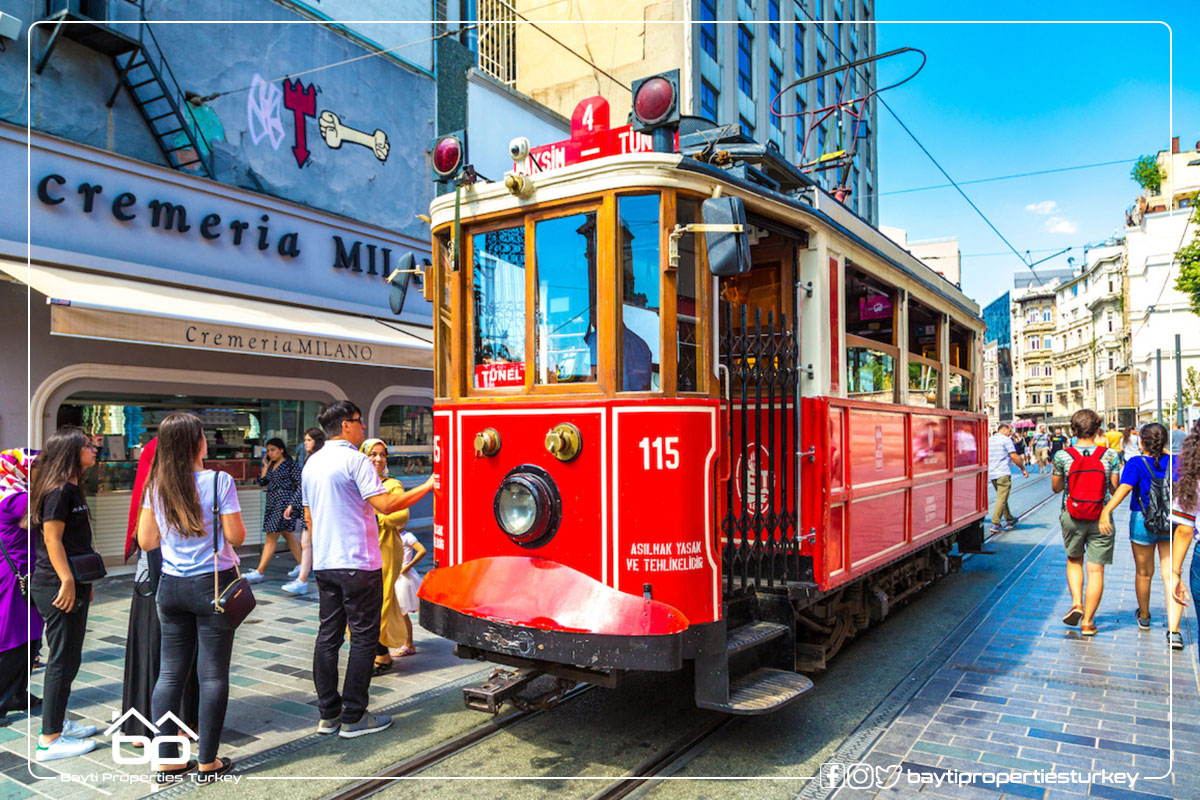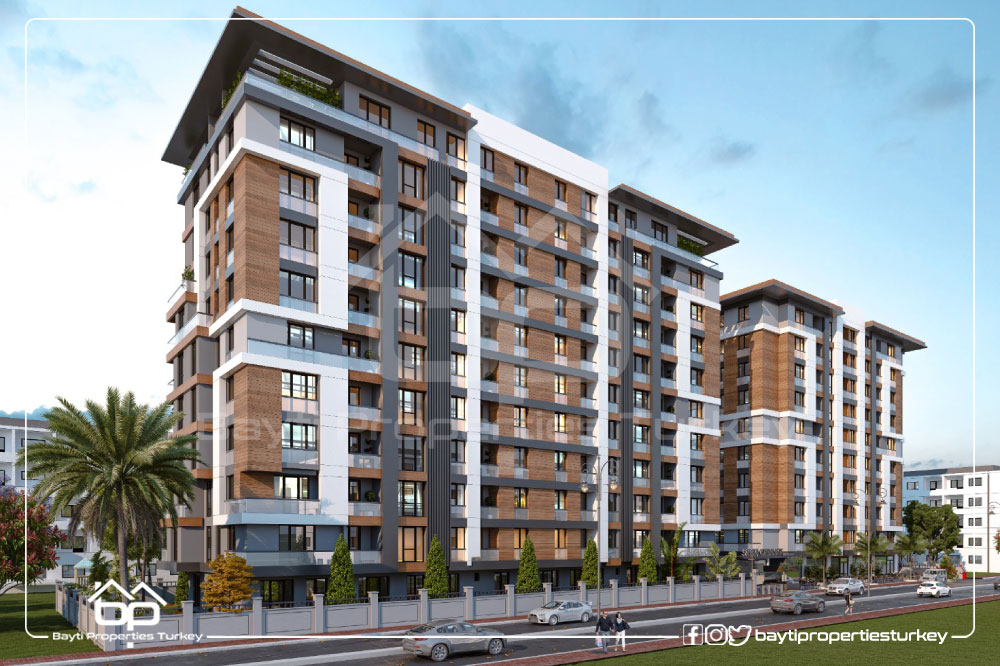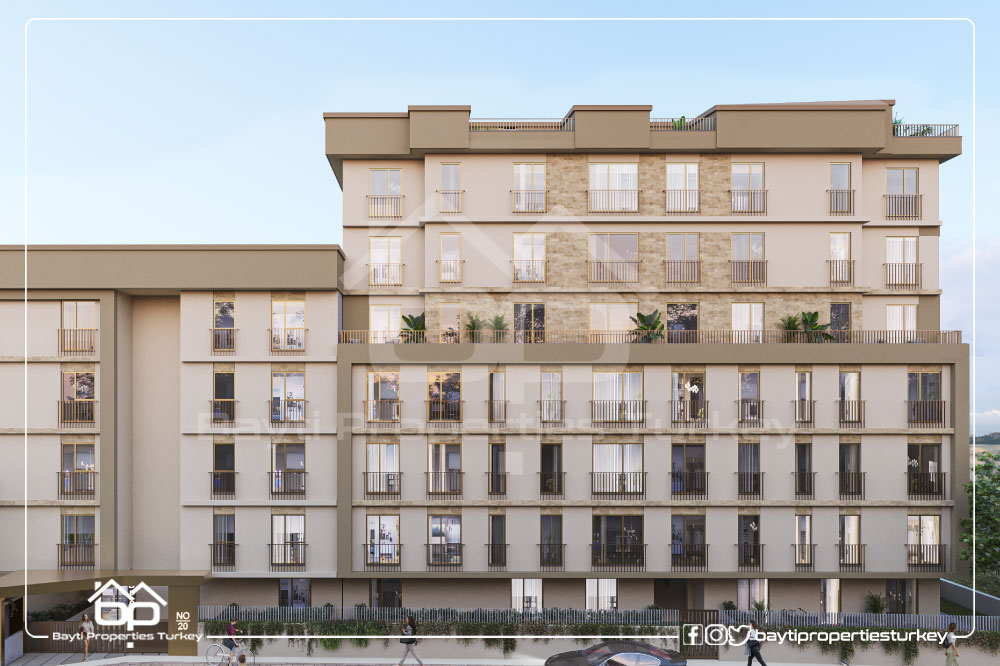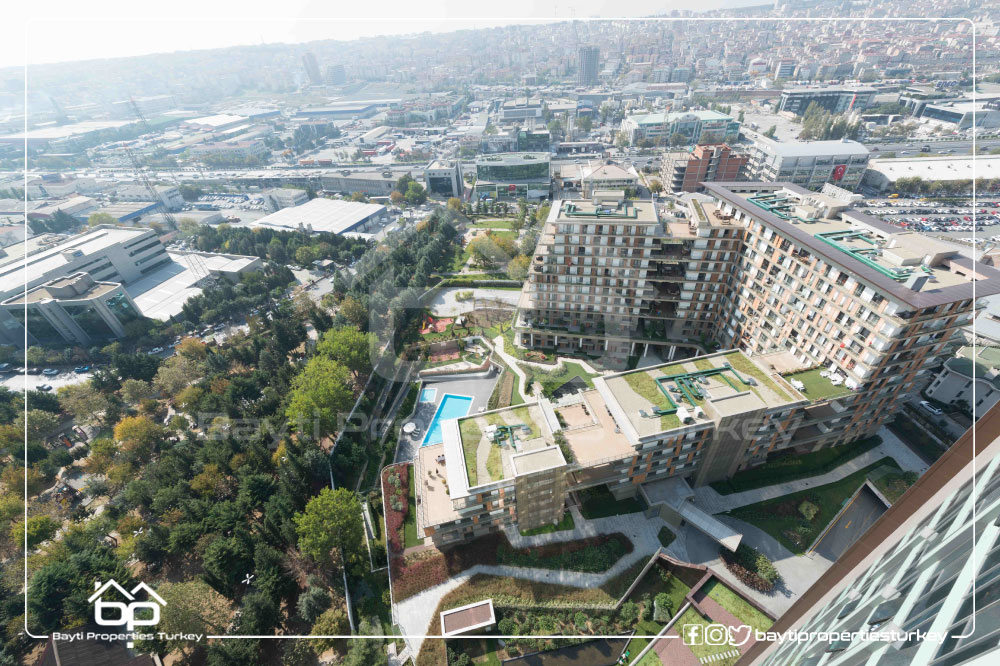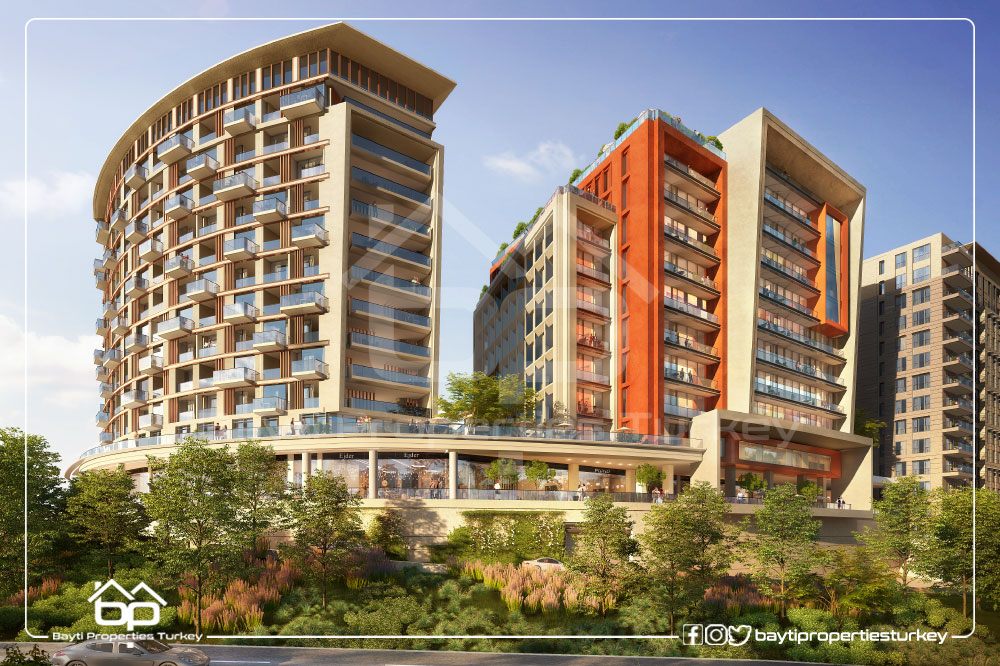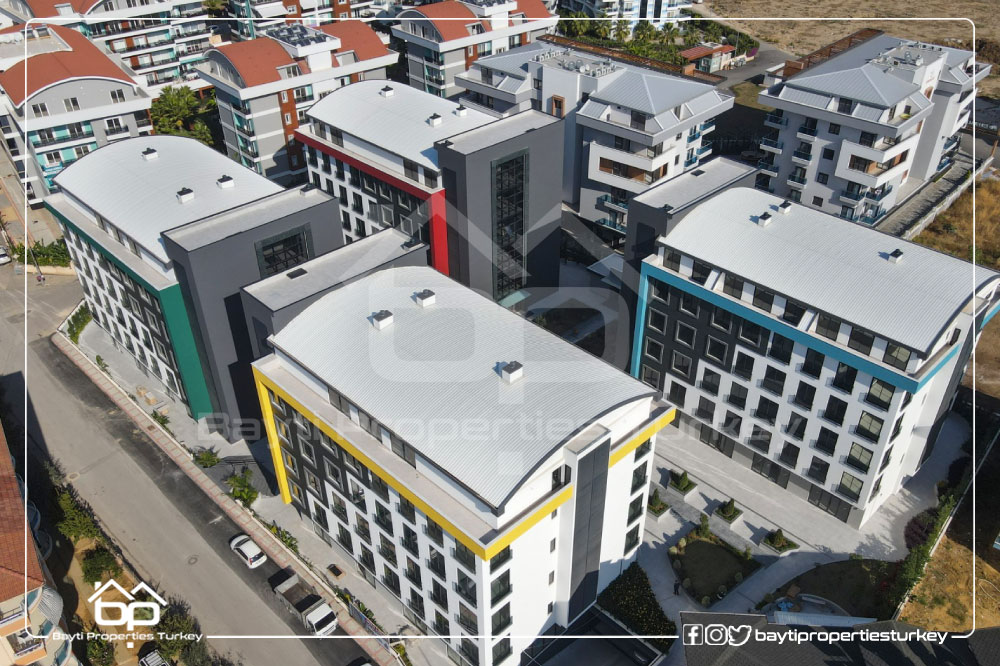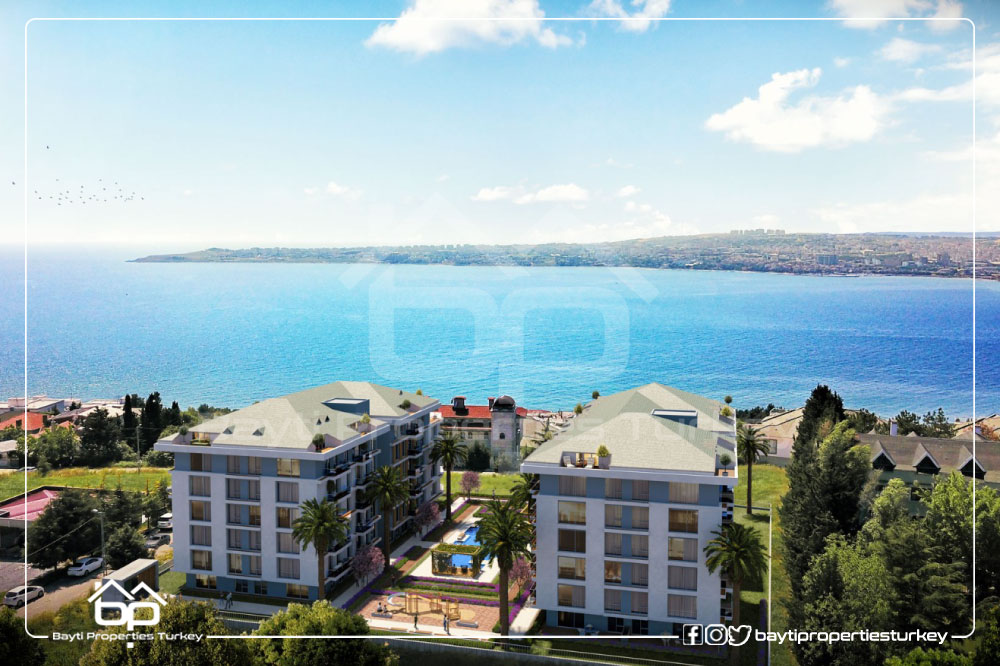Istiklal street…the icon of Istanbul
Istiklal Street in Istanbul stretches three kilometers between Taksim Square and Karakoy Port
And shops line up on both sides of the road and behind these shops Christian churches and mosques domes and minarets appear side by side.
The street was named Istiklal Street in memory of the independence of Turkey after the First World War and the declaration of the Turkish Republic in 1923 AD.
In the Ottoman era, the street bore the title of the Arab street because of the cultural and intellectual councils and forums that were held by Arab youth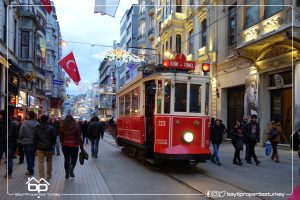
According to historians, the street began to take its strategic position from the sixteenth century AD, when Sultan Bayezid II opened Sufi houses, which led to an increase in the number of people who attend Sufi houses.
The large population movement in it drew European merchants who opened their shops and commercial companies there.
Thus, Istiklal Street became the destination for those looking for foreign goods and the European lifestyle as well, which increased the number of European merchants and local customers.
This inflation and expansion led countries to set up their embassies in this street, such as the British, Greek and German embassies.
The clergy also joined the merchants, and they opened large churches, such as the French Church of Saint Louis, the Italian Church of San Antonio, and others.
The street has become an international investment destination, as companies and the government hastened to open the port of Karakoy and build a railway line in 1883 AD, which is the second metro in the world after the London Metro, and this line is still operating to this day.
The passengers on the train were rich, high-class and famous, including the novelist Agatha Christie, who wrote many police novels in the hotels of Istiklal Street.
At that time, the French called it Paradise Street, while the Turks called it the Great Street, and they named its train the Orient Express.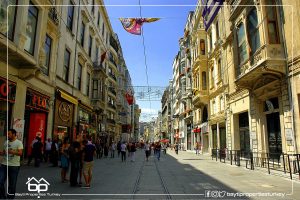
Istiklal Street has maintained its position with the development of Istanbul and the demand for visitors has increased. It has become the preferred place for hotel investments in Istanbul, and today it includes half of the hotel rooms in the city, and there are shops on the street today for the finest international brands, which sell perfumes, clothes and decorations,
It also houses bookshops, cinemas, banks, cafes and restaurants, which serve both Turkish and Western foods.
The international real estate consultancy “Cushman & Wakefield” announced earlier this year that the prices of rents for shops in the famous Istiklal Street rose in 2014 by 27%, to become the second most expensive street in the world.
Although it has become a destination for many foreign tourists and Turkish visitors alike, most visitors express their interest in wandering in the street and enjoying walking among people more than interest in its history and seeing the blending of cultures in it.
But the street – which since that time has been the title of Turkey’s secular identity – still presents a model for the coexistence of religion, money and politics as material and spiritual needs, the combination of which no civilization can dispense with.

